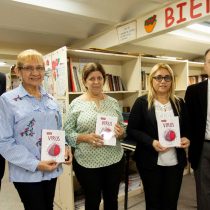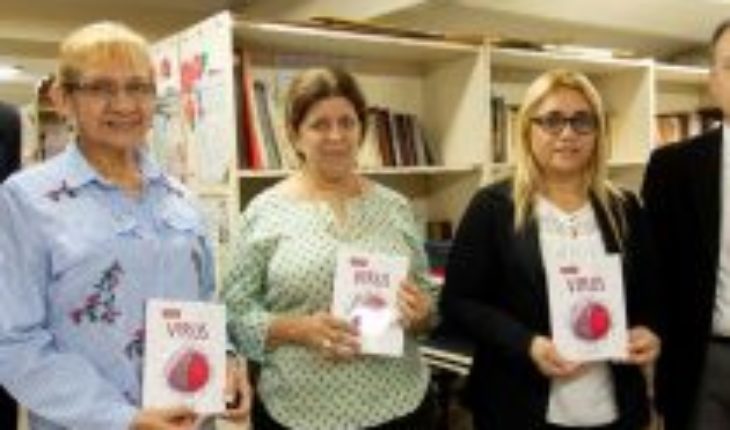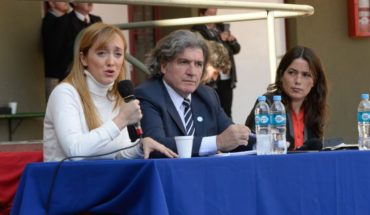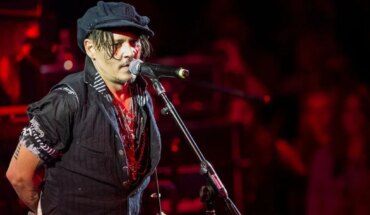
Disclosure books on the microscopic world of bacteria and viruses, a short film explaining how electricity is produced in living beings and even videos on how to detect oral cancer are some of the products developed by Chilean researchers who, together with the work of designers, editors and journalists, leave behind scientific journals to “translate” science into an accessible language and in novel formats with graphs according to various audiences; from the little ones to those who are looking to update on some specific topic.
“We want to create communities around knowledge, share and collaborate so that science in Chile reaches all corners. The benefit cannot be for a few connoisseurs, the research we highlight is relevant to needs and should therefore look for ways to serve the national, local and regional community. That’s why all our material is available for free download from our site.” says Iván Suazo, Vice-Chancellor of Research and Postgraduate At the Autonomous University of Chile, points out on how and why it is decided to carry out the projects of the Center.
This is how in the face of social estrangement new formats was chosen to continue the work of scientific dissemination. This month the webinars were launched – neologism that combines the words web and seminary, video whose main objective is to educate – on topics such as free knowledge, what is a constitution and methods to face from psychology the effects of the pandemic. All available on the YouTube channel.
In addition, there is the podcast “The Root of Science” space hosted by the astronomer and coordinator of the Center, Juan Carlos Beamin, which explains the science behind the ordinary, why do things sound when they break? What is it and how does an earthquake occur?
“You will find science topics, interviews, news, and curious or freak research, in a pleasant tone of conversation”, says about the radio proposal Juan Carlos. This complete programmatic grid is joined by “+Science, Connected to the World” weekly interview with an international researcher on current issues, from the scientific evidence, bringing the research carried out in international agreements with the Autonomous University of Chile. “70.98% of our publications are collaborative and 44.89% in Q1, i.e. in the best magazines in their disciplines. Research that cannot be ed behind four walls, must leave the labs and spread to the world,” concludes Dr Suazo. Learn more about the Science Communication Center in ciencias.uautonoma.cl





